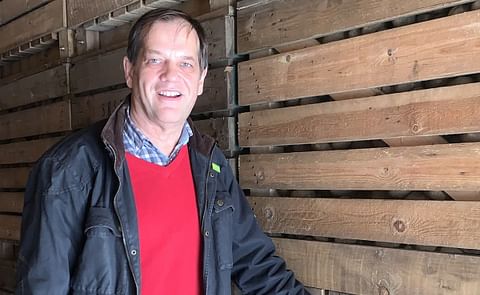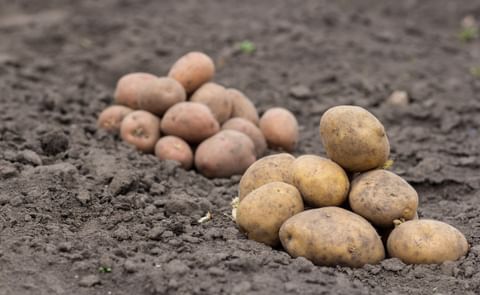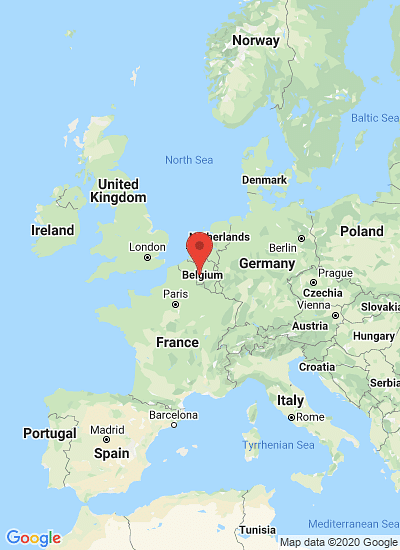AVR Quick-change digging unit for 2-row harvesters
AVR shows new digging unit at Potato Europe 2019
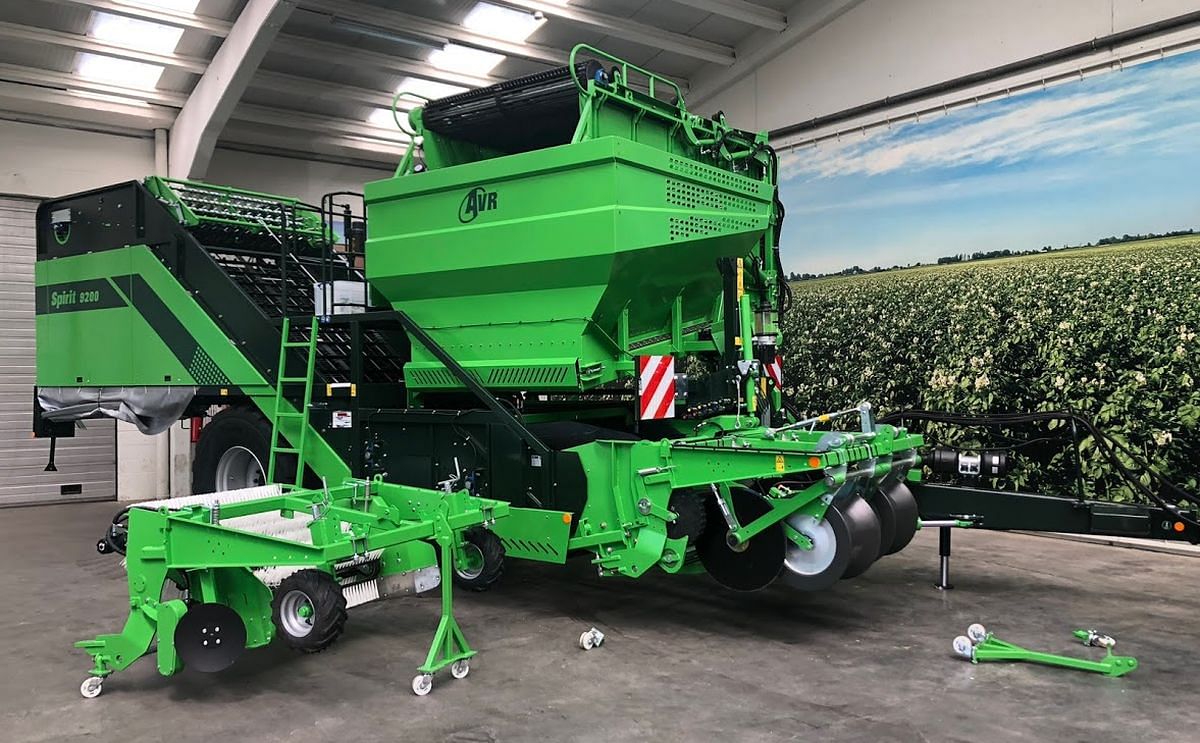
At the upcoming Potato Europe in Kain, Belgium, agricultural machinery manufacturer AVR is presenting its new quick-change digging unit. As of 2020, this option will be available on all 2-row trailed AVR harvesters.
The existing digging unit was adapted in such a way that it can be easily dismounted, without having to open the digging web or remove the shear holder separately.
The entire digging unit frame and the digging unit can be removed in no time. To do so, all the user has to do is detach a few mechanical couplings and clamps.
The included support legs/wheels make it easy to retract or correctly position the digging units (on a hardened substrate).
In its place a digging unit frame with onion unit can be mounted, for instance. This is an onion unit with foam-rubber roller (available in sizes 900mm and 1200mm depending on swath width).
This roller helps the onions into the machine and closes off the digging unit at the same time when lifting.
The AVR onion unit has also received a few minor updates:
- Depth control by means of skis can be supplemented with depth-adjustable wheels (mechanically adjustable in depth).
- The range of the roller has been adapted to higher capacities.
Row-independent planting with the AVR Ceres 450
New as well is the option of row-independent planting on its trailed four-row Ceres 450. Each planting element is driven separately by its own hydraulic motor. Speed sensors in the wheel and in the four planting elements ensure a correct measurement and feedback on speed and planting distance per row.
With one hydraulic motor per row, the user can quickly turn a row on or off or set the planting speed differently per row in order to plant variably on e.g. headlands, along spray paths or the rows left and right of the spray path.
When using the on/off button per row, the function works immediately without any time loss, which is indispensable when linked to GPS. The system is, AVR wise, easy to operate and maintenance-friendly (very wear-resistant).
With this option AVR wants to further support precision agriculture.
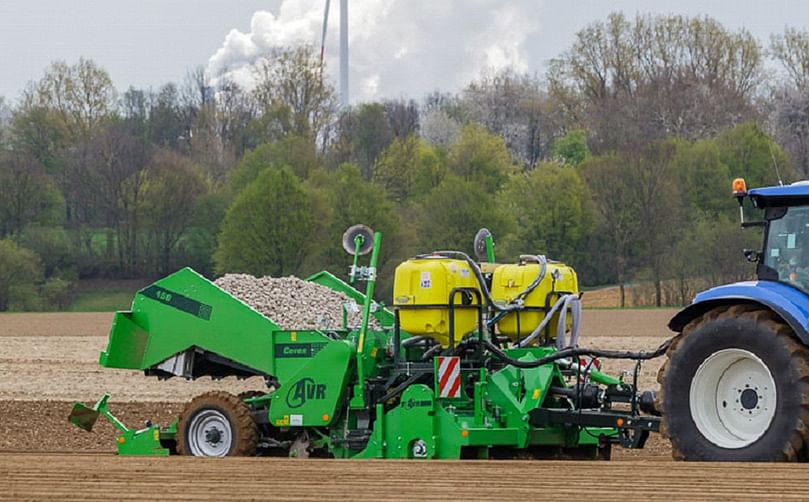
GPS link via Isobus protocol on Ceres 450
The necessary controller, wiring harness, appropriate software and licence are mounted (on the planter side) for this purpose, so that one can plug into the ISOBUS contact on the tractor.
This is strictly for the GPS link as the machine itself is still operated via the AVR operating screen.
Via ISOBUS the data from the job cards can be transmitted from the tractor to the planter, so that planting can be done automatically according to the specifications indicated in advance on the card.
Automatic section closure of the planting channel is also possible to prevent planting overlap e.g. on the headland. This link can be retrofitted onto existing Ceres 450 planters.
Harvest & crop handling demonstrations at Potato Europe
During the harvester demos AVR shows its ever-reliable Puma 3, 4 row self-propelled harvester, its AVR Spirit 9200 2 row trailed harvester and its youngest AVR Lynx 2 row elevator harvester.
An entire AVR crop handling line will be working as well: the AVR Falcon receiving hopper, the AVR CDVE twin conveyor, the AVR CTK belt elevator and the Cobra store loader.


